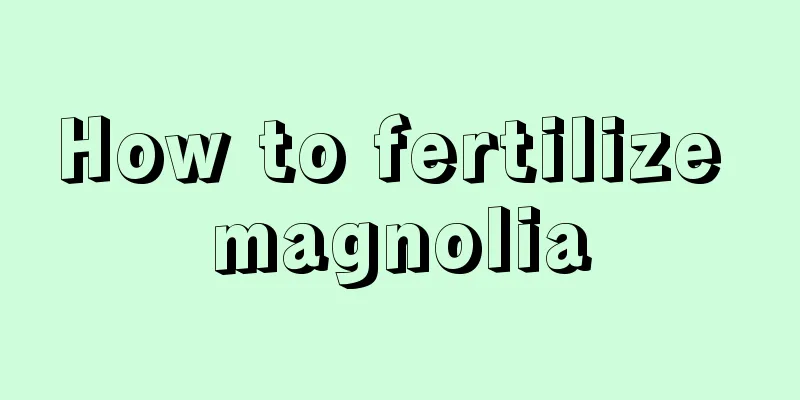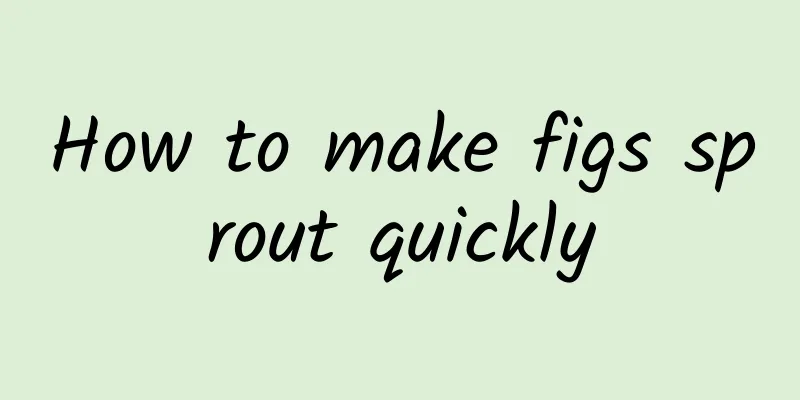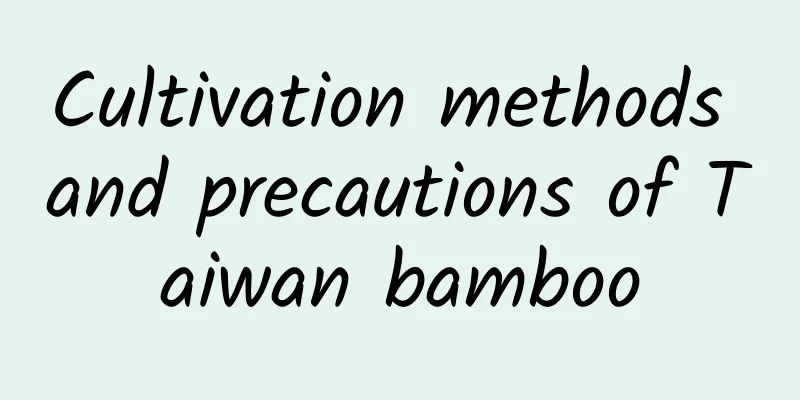What are the effects of excessive ventilation on orchids?

Excessive ventilation causes orchid leaves to burnThe suitable humidity for orchid growth is between 50% and 80%. Generally speaking, as air circulation increases, water loss in the small environment will accelerate and the humidity will drop quickly. Generally, the temperature in a room is higher at the top and lower at the bottom. The air humidity at the top is lower, and the tips of orchid leaves have stronger respiration, so the tips will become droopy due to insufficient water. Excessive ventilation causes damage to orchid leavesAs the saying goes, the spring breeze in February is like a pair of scissors. When the wind is strong, the orchid leaves shake violently and rub against each other, and they may be broken. After the orchid is broken, bacteria in the air enter the orchid plant, and the whole orchid carries pathogens and bacteria. Over time, the orchid's leaves may be damaged, black spotted, or broken, or it may become soft and rotten, or the stems may rot. Don't underestimate that small wound, it can be fatal if it develops into an illness. Excessive ventilation causes orchids to have empty rootsWhen orchid leaves lose water, the roots and bulbs transport water upward, and the roots will quickly absorb water from the soil, causing the soil to dry out. This change takes a very short time. If you do not water the plant in time, or if you water it in the same way as before, the roots will be damaged, resulting in empty roots. Ventilation and watering are like a couple. If one side is too strong, there will be a quarrel. For a disharmonious environment with good ventilation, just water more. Empty roots are caused by an unsuitable microenvironment around the roots. Both extreme dryness and wetness will cause empty roots. It has nothing to do with ventilation. If you don't water in a closed environment for a month, the roots will also be empty. Excessive ventilation causes fertilizer damage to orchidsIf fertilization is done normally, the orchid will absorb and digest the fertilizer over a long period of time, and the fertility of the soil will decrease. However, if ventilation is excessive and the soil in the pot is too dry, the roots of the orchid will not have time to absorb nutrients. The reduction in water causes the nutrient concentration in the soil to increase, exceeding the range that the orchid can bear, resulting in fertilizer damage. In severe cases, black roots and root rot will occur. |
<<: The difference between Huayuejin and Jinhuayu hanging clock
Recommend
Can bougainvillea be pruned in summer? What season is best for pruning?
The growth rate of bougainvillea is relatively fa...
Several methods of citrus grafting technology (methods and techniques for grafting citrus seedlings)
Three common methods and operations of citrus gra...
Why do geranium leaves turn yellow in summer?
Geranium's leaves turn yellow due to environm...
When is the best time to harvest black sesame? What month is the black sesame harvest season?
Black sesame planting is divided into summer sesa...
How to grow red lotus succulent plants and how to grow them into old piles
1. How to grow red lotus succulent plants 1. Temp...
What is cardamom, what are its effects and how to eat it
1. Form Cardamom is a perennial herb belonging to...
How to prune fuchsia
When to prune fuchsia When pruning fuchsia, it is...
Gardenia's flowering period and why it doesn't bloom
1. When is the flowering period? It usually bloom...
Cultivation methods and precautions of Tithonia suspensa
The habit of this plant First of all, because the...
How to divide succulent plants
Time for succulent division Succulents are a type...
What are the cultivation methods and precautions of Dancing Spring Flowers?
Dancing spring petunia is also called million pet...
Are violets poisonous?
1. Is it toxic? The answer is of course no. The f...
Cultivation methods and precautions of Daphne koreana
1. Soil The best potting soil for Daphne odora is...
How to grow garlic in water
1. Choose a container Before planting garlic, you...
Watering method of bicolor jasmine
Watering tips Quantity requirements The origin of...









